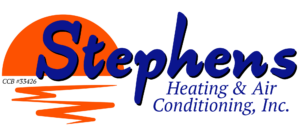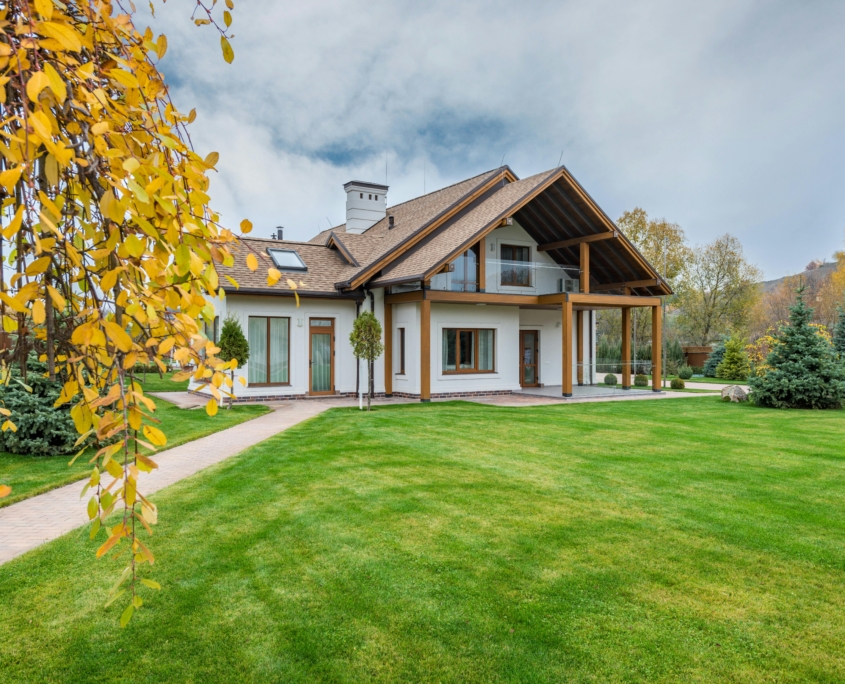Let Mother Nature Heat & Cool Your Home
Written By: Jennifer Woodruff/Stephens Heating
When most people think of geothermal heat, they think of geysers and volcanoes. Literally it means “heat from the Earth.” And that is exactly what the geothermal heat pump idea is based on. Using the Earth’s constant ground temperatures to heat and cool your home.
Geothermal heat pumps are installed on what is called a “loop” – underground piping. There are several configurations of loops available, but they are generally grouped either as “closed” loops or “open” loops.
Closed loops are filled with a water/anti-freeze solution that transfers the heat from inside your home back to the Earth.
Open loops use groundwater pumped through the pipes to distribute heating/cooling. Open loops discharge into ponds, streams, rivers, ditches, even aquifers. Any of the open loops are safe for the environment because nothing is added to the water as it circulates.
“How does geothermal heating work?” Well, here are the steps of a closed loop system simply put:
- The cool, liquid refrigerant enters the indoor coil during cooling. As it enters the coil, the temperature of the refrigerant is between 40 and 50 degrees.
- As warm, moist room air passes over the cool coil, the refrigerant inside absorbs the heat.
- The new cooler, drier air is circulated back into the room with a blower fan.
- The refrigerant moves into the compressor, which is a pump that raises the pressure so it will move through the system. The increased pressure from the compressor causes the refrigerant to heat to roughly 120 to 140 degrees.
- The hot vapor now moves into the condenser (the underground loops), where the refrigerant gives up its heat to the cooler ground and condenses back into a liquid.
- As the refrigerant leaves the compressor, it’s still under high pressure. It reaches the expansion valve, where the pressure is reduced.
- The cycle is complete as the cool, liquid refrigerant re-enters the evaporator to pick up room heat.
During the winter, the reversing valve switches the indoor coil to function as the condenser, and the underground piping to act as the evaporator.
In short, the indoor coil and underground piping cause the refrigerant to change state, absorbing and releasing heat through boiling and condensing. The compressor and expansion valve move the refrigerant through the system by changing the pressure.
More and more contractors are becoming interested in installing these units. Stephens Heating was one of the first companies in Oregon to begin installing these systems in the 1980s and we’re still going strong! There is currently a Federal Tax Credit of 30% of your installation cost with no cap.
Hopefully this article was able to shed some light on geothermal heat pumps for those who have not heard about them. For more information, visit our website at www.stephensheating.com Our geothermal page has a wealth of information on loop configurations and brands of equipment.




